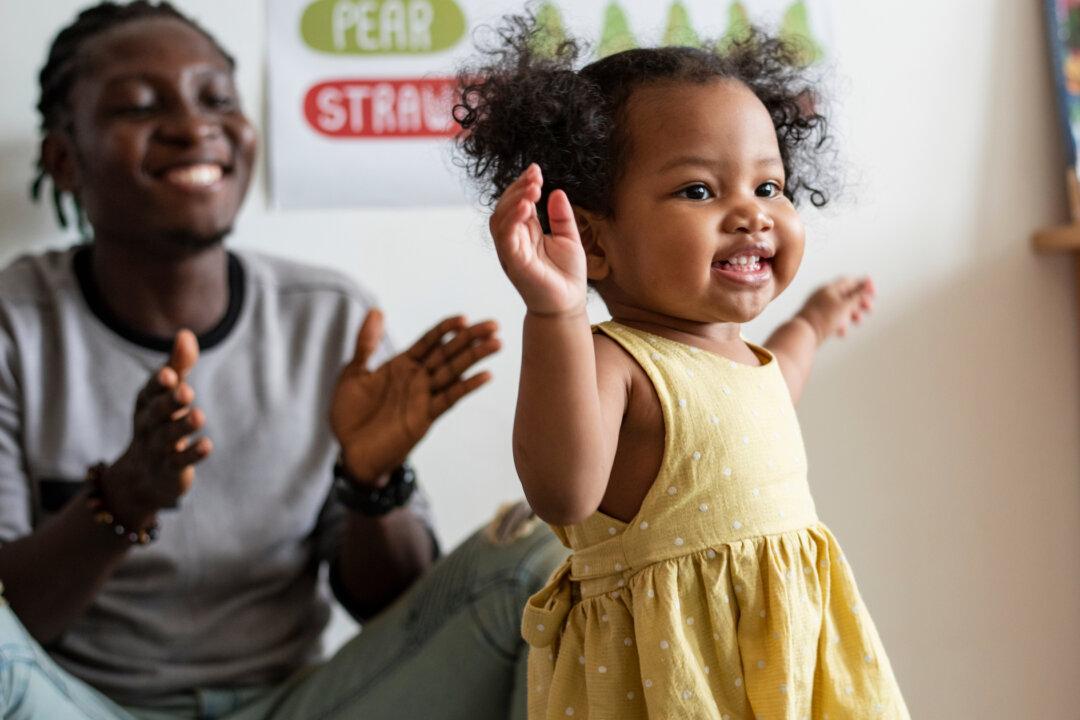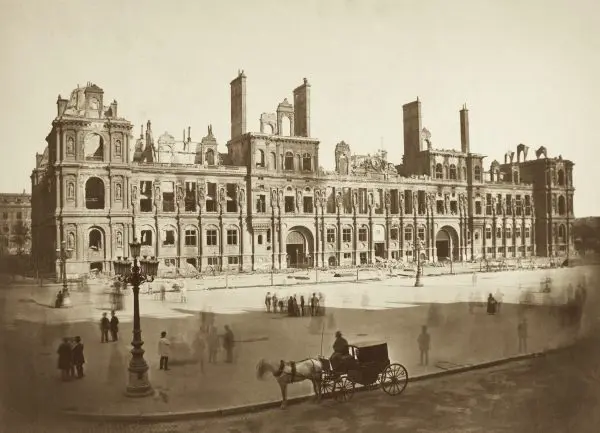My toddler loves to dance. If she hears any musical noise, at any time, in any place, a huge smile blossoms across her face, and, propping herself against a couch, chair, or parent’s leg, she begins to bob up and down and stamp her foot. Sometimes, the flood of feeling the music presses into her tiny heart is so overwhelming that she drops on all fours and rocks back and forth, or carefully raises a single leg in a delicate pirouette.
So far, she’s undiscerning in her musical taste. In fact, even non-musical yet rhythmical sounds like the thrumming of the dryer or the rhythm of nursery rhymes will give her the dancing itch. It can’t be resisted: the ponderous little foot begins to pound. The world bursts with a colorful collage of spiraling and twirling sounds streaming about her small curly head, and she hears music everywhere, even in simple daily activities like washing clothes. She wishes to be in sync with the joy of the world.






